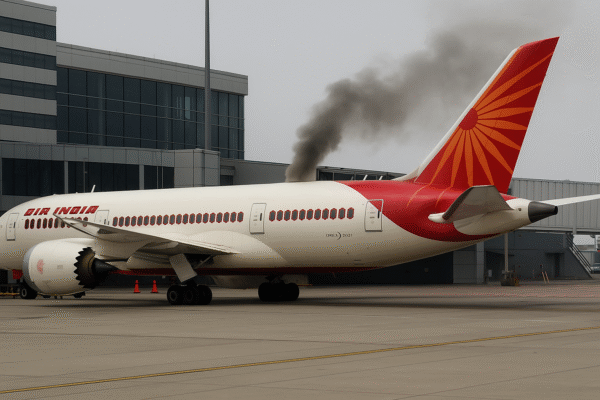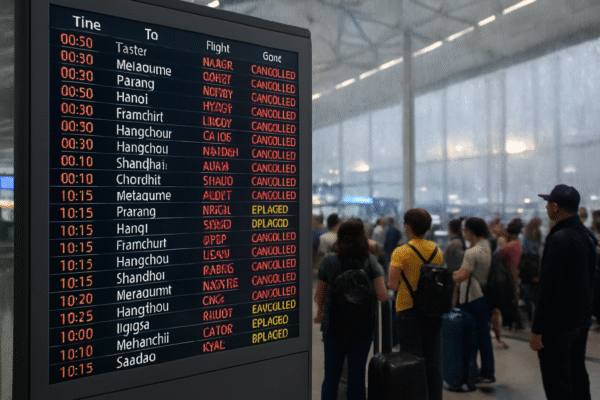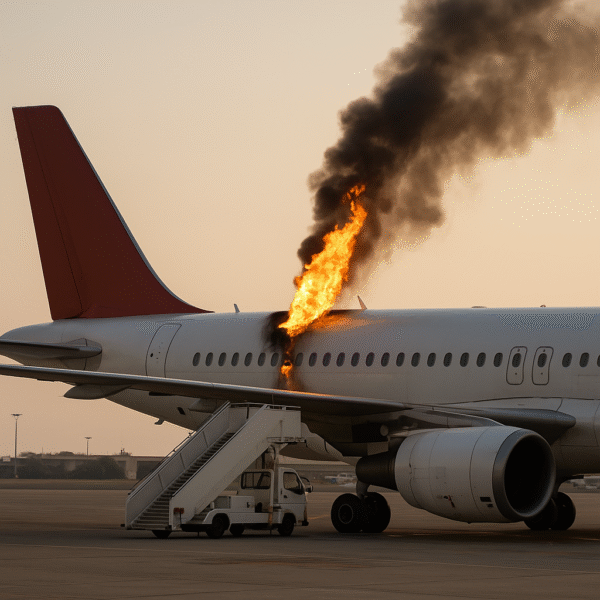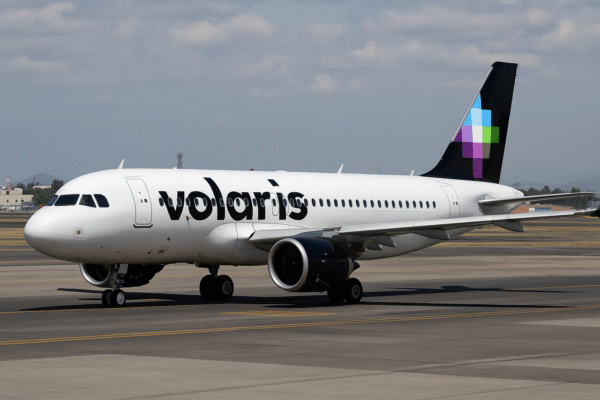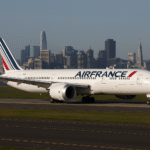Mexican ultra-low-cost carrier Volaris has reported a significant net loss of $63 million for the second quarter of 2025, reflecting growing turbulence in the global aviation sector. The financial results underscore the challenges faced by budget airlines amid weakening unit revenues and stubbornly high operating costs.
Total operating revenue declined by 5% year-over-year to $693 million, despite a 9% increase in capacity measured in available seat miles (ASMs), reaching 8.9 billion. The drop in unit revenue—specifically total revenue per available seat mile (TRASM)—by 12% to $7.80 was a major contributor to the downturn.
Volaris, Mexico’s largest domestic airline by market share, struggled to convert increased passenger capacity into proportional revenue growth, pointing to weakened yield across its domestic and international routes.
Costs Climb Despite Fuel Relief
Operating expenses rose sharply to $715 million, up from $660 million during the same quarter in the previous year. While the airline benefited from a 14% reduction in average fuel costs—down to $2.46 per gallon—its non-fuel expenses surged.
Cost per available seat mile excluding fuel (CASM ex-fuel) held flat at $8.05 cents, but internal CASM (ICASM), which excludes fuel-related volatility, rose 7% to $5.69. The figures reflect Volaris’s ongoing challenge in managing costs related to labor, maintenance, and infrastructure amid a tighter operating environment.
EBITDAR Margin Contracts Sharply
Earnings before interest, taxes, depreciation, amortization, and rent (EBITDAR) fell 26% to $194 million. The airline’s EBITDAR margin declined by 8 percentage points to 27.9%, highlighting a steep drop in core profitability.
This marks a significant deviation from Volaris’s historic resilience in the budget airline segment, often credited to its lean model and point-to-point network structure, particularly between high-demand cities like Mexico City, Guadalajara, Tijuana, and Cancún.
Liquidity Remains Healthy Despite Pressure
Despite these setbacks, Volaris maintains a relatively strong liquidity position. The airline ended the quarter with $788 million in cash, cash equivalents, and short-term investments—representing approximately 26% of its last twelve months of operating revenue.
However, net leverage crept up slightly from 2.7x to 2.9x, indicating increased financial pressure as the airline grapples with slimmer margins and elevated costs.
CEO Reaffirms Strategic Discipline Amid Headwinds
Volaris President and CEO Enrique Beltranena remained cautiously optimistic. In a statement, he emphasized the airline’s strategy of disciplined capacity deployment and agile market adaptation.
“While the environment remains volatile, we are seeing demand drivers stabilize in the second half of the year,” Beltranena noted. “We’re reinstating our full-year EBITDAR margin guidance of 32% to 33% and continue to align our capacity with market demand trends to protect profitability.”
Beltranena reiterated that cost containment and yield management remain core to the airline’s long-term resilience strategy.
Outlook: Recovery Hinges on Market Responsiveness
Looking ahead, Volaris aims to navigate external pressures—from geopolitical uncertainties to fluctuating consumer demand—through its flexible, low-cost model and rigorous financial discipline.
While the airline faces increasing competition from Viva Aerobus and other regional players, it is doubling down on selective route expansion and operational efficiency. Volaris continues to optimize its network connectivity to high-traffic corridors such as Mexico–U.S. transborder routes, which remain vital for both VFR (Visiting Friends and Relatives) and leisure demand.
Aviation Sector Trends Mirror Volaris’ Challenges
The airline’s results reflect a broader trend in global aviation. According to the International Air Transport Association (IATA), many low-cost carriers in Latin America are facing similar headwinds, including slower-than-expected recovery in international leisure travel and cost escalations in infrastructure and regulatory compliance.
Mexico’s Federal Civil Aviation Agency (AFAC) recently reaffirmed that while domestic traffic remains robust, international recovery is uneven, especially on long-haul routes.
With the Mexican government focused on enhancing airport infrastructure—including the ongoing development at Felipe Ángeles International Airport (AIFA) and upgrades at Cancún and Guadalajara—Volaris may gain a long-term competitive edge, provided it can manage short-term volatility effectively.
Conclusion: A Test of Endurance and Agility
Volaris’s Q2 performance is a reminder of the delicate balance required to operate profitably in the highly competitive low-cost airline segment. The coming quarters will be critical for Volaris to recalibrate its revenue strategy, control cost inflation, and respond flexibly to shifting travel patterns.
For now, the airline remains financially solvent, but it must act swiftly to regain its earnings momentum before persistent external pressures begin to erode its market leadership.
As Beltranena concluded, “We remain hopeful for the second half, but our focus is clear—protect margins, remain agile, and deliver value to customers and shareholders alike.”
For more travel news like this, keep reading Global Travel Wire




